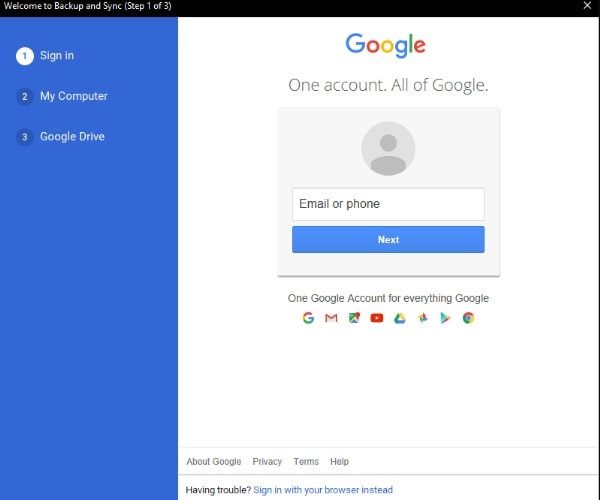
Optional under old Subdivision Regulations. Pre-Application Conference: Required for major subdivisions and optional for minor subdivisions under new Subdivision Regulations. The Planning Board or Planning Director determines adequacy based on an analysis of information generated by staff, submitted by the applicant, and/or submitted by the agencies responsible for building required facilities or supplying the necessary services. The subdivision analysis also includes evaluation of the design criteria set forth in the Subdivision Regulations, Zoning Ordinance, and applicable master plans. Determination of adequacy is made for park facilities, environmental impacts, transportation facilities (vehicular, pedestrian, and bicycle), fire and rescue facilities, police facilities, public water, and sewer facilities. A Preliminary Plan ensures that adequate public facilities are available, or will be available in the future, to serve a proposed development. This section includes additional resources relevant to PDPM implementation, including various coding crosswalks and classification logic.The first official step in the subdivision process consists of reviewing a Preliminary Plan of Subdivision. This section includes a training presentation which can be used to educate providers and other stakeholders on PDPM policy and implementation.



Administrative Level of Care Presumption under the PDPM (PDF).This section includes fact sheets on a variety of PDPM related topics.

This site includes a variety of educational and training resources to assist stakeholders in preparing for PDPM implementation. In July 2018, CMS finalized a new case-mix classification model, the Patient Driven Payment Model (PDPM), that, effective beginning October 1, 2019, will be used under the Skilled Nursing Facility (SNF) Prospective Payment System (PPS) for classifying SNF patients in a covered Part A stay. PDPM Fact Sheets | FAQs | Training Presentation | PDPM Resources


 0 kommentar(er)
0 kommentar(er)
